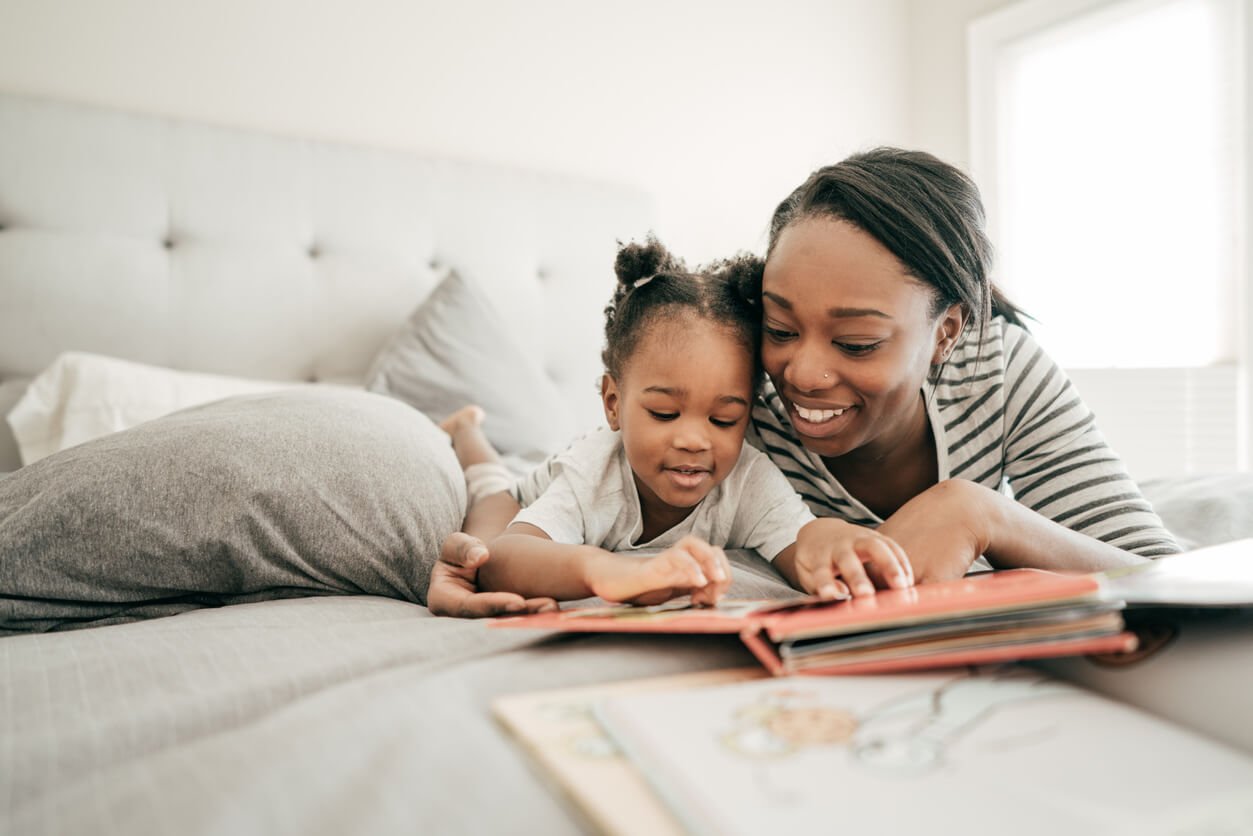Often manufacturers of toys advertise that they are interactive but seem limited in what they do. Many toys label numbers, colors, and letters, or make other fun noises when a child pushes a button, opens a door, or puts a piece into it. This is usually very interesting and motivating for a child for a short time. Children are learning cause and effect when they play with a toy by pushing buttons and seeing what it can do. Often, the children I work with usually know the information being given to them from these kinds of toys. They are enjoying the predictability of hearing the words for color, number, or shape being blurted out over and over again. However, there are ways to play with toys like this to get more bang for your buck.
The children we work with here at the Minnesota Masonic Children’s Clinic have one commonality, they struggle with language in some way. Experts* agree that screens and toys that label or have lots of sound effects do not make a significant impact on children learning and using more language. The best method is social for language learning is direct social interaction with the child.
So this blog is about using an interactive toy paired with different types of social language in a few fun back and forth ways.
Several years ago, I had a client I’ll call Eric. Eric was highly motivated to play with the Fisher Price Laugh and Learn Piggy Bank. He loved the sound it made when it was going in. His special interest was hearing the bank say the numbers.

Eric’s caregivers mentioned that he did not seem interested in very many toys except toys that made sound. It became our mission to find ways to stretch Eric’s play into different types of hide and seek play and pretend play, but still get that reward of the fun sound often to hook him into playing the game with his therapists, caregivers, and family members.
A personal care attendant mentioned that they were hiding the pig coins in a sensory table filled with beans or rice. By adding the hide and seek part to the play, it gave Eric a chance to practice shifting his attention from the sensory table to the piggy bank. He had the opportunity to follow verbal models of comments like, “I found it!” or “the red one.” The personal care attendant also modeled some calling or questioning language like, “Coins, where are you?” as she dramatically stirred the contents of the sensory table. At first, Eric was frustrated to not get the coins right away and to put his hands in a sensory bin. However, he quickly caught on to the game and became more comfortable with putting his hands in beans or rice or whatever was in the sensory table
Eric also did not do much varied pretend play and we used the Fisher Price Piggy Bank as a vehicle to work on those skills. We worked on several variations; all introduced one at a time.
While Eric was retrieving a coin, I put the pig on my head. Eric was encouraged to say, “Come down, piggy,” so that he could put the coin in. Eric was learning new language and sharing enjoyment with his play partner because she was doing something obviously silly. Sometimes, I would have the pig shake his head no, and Eric would have to try again and say, “Come down, piggy.” After that pattern was established, piggy started doing different things. His play partners began making piggy be asleep and snoring loudly, so Eric needed to say, “Wake up, piggy,” in order to get the coin in. Then, Piggy might be sneezing (making an achoo and shaking the pig in an exaggerated way), so Eric needed to say, “Bless you,” and then put the coin in. Sometimes the caregivers hid the piggy behind their backs, so Eric needed to say something like, “Piggy, where are you?” and the caregiver responded with, “Here I am” allowing Eric to put in the coin.
Recently, I created a video series modeling different ways to play with the Fisher Price Laugh and Learn Piggy Bank for Tips from Tamara. Parents and therapists can use these videos as inspiration for creating new ways to play with a toy in and interactive social context and to model different skills.
Please watch the first installment here: https://youtu.be/GeU-vEqGfu4
Tamara Pogin, M.A. CCC-SLP
* A few recent studies are summarized in this article from parentingscience.com http://www.parentingscience.com/effects-of-television-on-children-learning-speech.html







